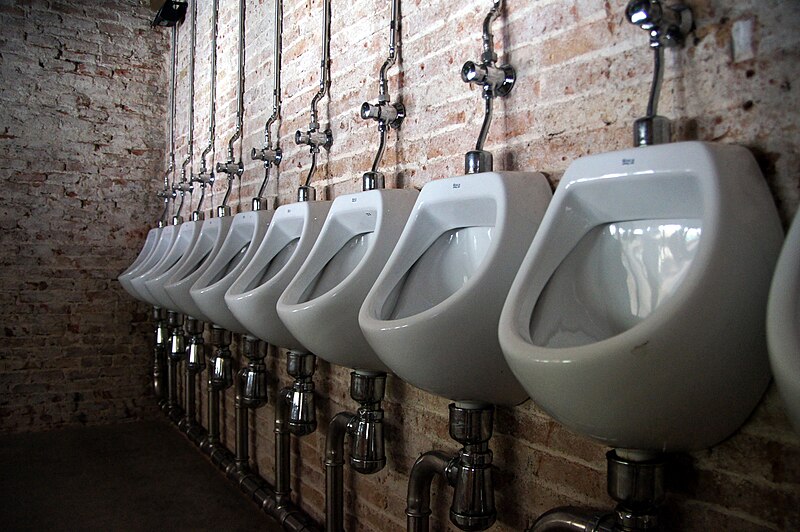
On Wednesday, Transport for London (TfL) announced a £15 million investment to build more toilets across its network and upgrade existing facilities. This development is a relief for many,
including Billie Nicholls, who has ulcerative colitis and often experiences stress and anxiety when traveling.
The 28-year-old from southwest London explained that easy access to toilets is crucial for people with gut or bladder conditions. Diagnosed with the chronic bowel disease in 2017, Nicholls has been living with a stoma bag for seven years. The new plans will increase the number of toilets from the current 185, ensuring that travelers are always within 20 minutes of a restroom without needing to change trains. TfL anticipates construction to begin within a year.
Nicholls, who regularly commutes from Tooting Broadway to London Bridge for work, praised the initiative, noting that many people do not have the "luxury of waiting" for a bathroom. She recalled an incident in October 2019 that underscored the importance of accessible toilets. After a work meeting in Bankside, her stoma began leaking, and by the time she reached Euston, she had a major leak down her leg. Having a toilet earlier in her journey would have made a significant difference.
Similarly, Helena Salisbury, a 29-year-old from Weybridge who frequently uses the Tube for work meetings, welcomed the improvement but felt it was still inadequate. Diagnosed with colitis a year ago, she said a 20-minute gap between toilets is "a step in the right direction" but emphasized that "the ideal is one in every station" for true peace of mind. During flare-ups, Salisbury explained that 20 minutes could feel like an eternity, and she has even refrained from going to work due to the anxiety of not having immediate restroom access.
Salisbury noted the stress of being underground on the Tube without access to toilets and suggested that TfL include toilet locations on maps inside train carriages.
Advocacy groups have echoed these concerns. Fern Howard from Crohn’s & Colitis UK expressed her appreciation for TfL’s plans but pointed out that for people with Crohn’s or Colitis, waiting 20 minutes may be "often not possible." Howard highlighted that nine out of ten people with these conditions plan their activities based on toilet access, and the lack of available public restrooms can make life isolating and stressful.
John McGeachy from Age UK London also applauded the investment, emphasizing the impact public toilet availability can have. He mentioned that one in five people limit leaving their homes due to concerns about a lack of restrooms, a phenomenon he referred to as the "loo leash." Inadequate facilities on the transport network can deter people from making certain journeys altogether.
TfL has shortlisted several stations for new toilets, including Camden Road Overground, Clapton Overground, New Cross Gate Overground, South Tottenham Overground, White Hart Lane Overground, Morden Underground, and Hammersmith Underground. The selection criteria included factors such as the station’s status as a terminus, night service operation, step-free access, high passenger traffic, proximity to other toilets, and connections to other transport routes.
Acknowledging a "gap in provision," TfL stated that having available toilets is critical for many travelers and even influences whether some people can use public transportation at all. Some facilities have been closed or restricted due to vandalism, but TfL is working on new, more resilient designs to address these challenges.
Mayor Sadiq Khan welcomed the initiative, describing it as a step towards creating a "better, fairer London for everyone." Photo by Martin Abegglen from Bern, Switzerland, Wikimedia commons.




































